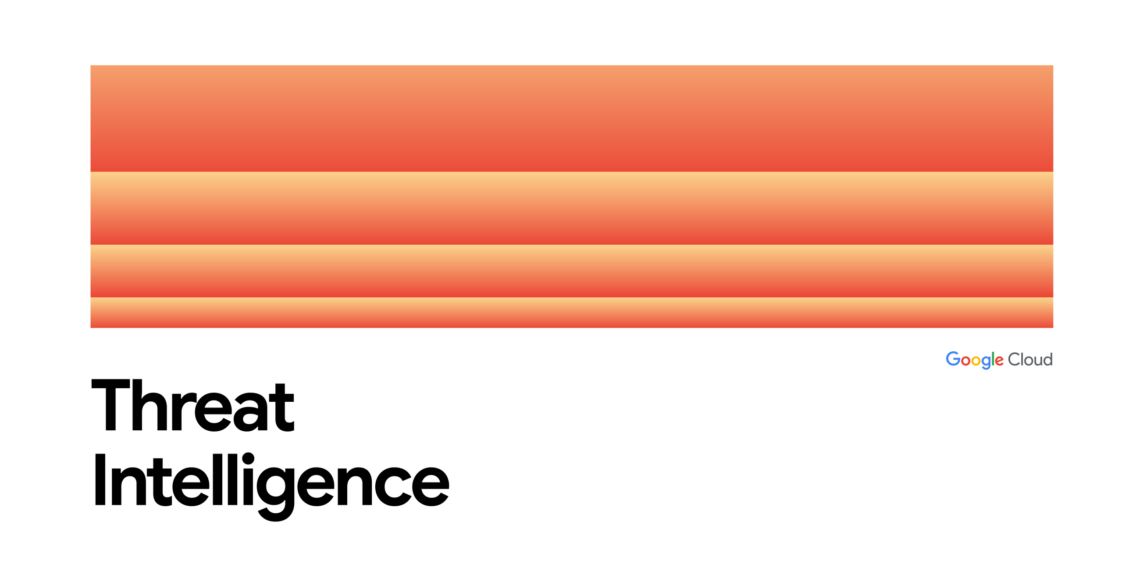Phishing Campaigns Abusing Signal’s “Linked Devices” Feature
The most novel and widely used technique underpinning Russian-aligned attempts to compromise Signal accounts is the abuse of the app’s legitimate “linked devices” feature that enables Signal to be used on multiple devices concurrently. Because linking an additional device typically requires scanning a quick-response (QR) code, threat actors have resorted to crafting malicious QR codes that, when scanned, will link a victim’s account to an actor-controlled Signal instance. If successful, future messages will be delivered synchronously to both the victim and the threat actor in real-time, providing a persistent means to eavesdrop on the victim’s secure conversations without the need for full-device compromise.
-
In remote phishing operations observed to date, malicious QR codes have frequently been masked as legitimate Signal resources, such as group invites, security alerts, or as legitimate device pairing instructions from the Signal website.
-
In more tailored remote phishing operations, malicious device-linking QR codes have been embedded in phishing pages crafted to appear as specialized applications used by the Ukrainian military.
-
Beyond remote phishing and malware delivery operations, we have also seen malicious QR codes being used in close-access operations. APT44 (aka Sandworm or Seashell Blizzard, a threat actor attributed by multiple governments to the Main Centre for Special Technologies (GTsST) within Main Directorate of the General Staff of the Armed Forces of the Russian Federation (GU), known commonly as the GRU) has worked to enable forward-deployed Russian military forces to link Signal accounts on devices captured on the battlefield back to actor-controlled infrastructure for follow-on exploitation.
Notably, this device-linking concept of operations has proven to be a low-signature form of initial access due to the lack of centralized, technology-driven detections and defenses that can be used to monitor for account compromise via newly linked devices; when successful, there is a high risk that a compromise can go unnoticed for extended periods of time.
UNC5792: Modified Signal Group Invites
To compromise Signal accounts using the device-linking feature, one suspected Russian espionage cluster tracked as UNC5792 (which partially overlaps with CERT-UA’s UAC-0195) has altered legitimate “group invite” pages for delivery in phishing campaigns, replacing the expected redirection to a Signal group with a redirection to a malicious URL crafted to link an actor-controlled device to the victim’s Signal account.
-
In these operations, UNC5792 has hosted modified Signal group invitations on actor-controlled infrastructure designed to appear identical to a legitimate Signal group invite.
-
In each of the fake group invites, JavaScript code that typically redirects the user to join a Signal group has been replaced by a malicious block containing the Uniform Resource Identifier (URI) used by Signal to link a new device to Signal (i.e., “sgnl://linkdevice?uuid=”), tricking victims into linking their Signal accounts to a device controlled by UNC5792.
